$24 Million IKEA Settlement: Here's How To Claim $30-60

Today we'll discuss a recent $24 million settlement that IKEA, the popular furniture and home accessories retailer, has agreed to pay. This settlement resolves a class-action lawsuit claiming that the company violated the Fair and Accurate Credit Transactions Act (FACTA) by printing too much of the customer's payment card number on their receipts. As parents and consumers, it's essential for us to be aware of such incidents and understand our rights when it comes to protecting our personal information.

The class-action lawsuit against IKEA was filed by customers who alleged that the company violated FACTA by printing the first six and last four digits of their payment card numbers on their receipts. According to FACTA, businesses are required to truncate card numbers on receipts, displaying no more than the last five digits and excluding the card's expiration date. This rule was implemented to protect consumers from identity theft and credit card fraud.
If you made a purchase at an IKEA retail location using a credit card or debit card between October 18, 2017 and December 31, 2019, you may be entitled to benefits under a class action settlement.
If you don’t have a copy of the receipt, search your bank or credit card records to confirm that you made a purchase during the qualifying period.

Now, customers are going to split a $24,250,000 settlement. So, do you qualify? How much could you get in the IKEA settlement? When will you get paid? We’ll tell you everything we know.
If you submit a valid claim form by the May 4th deadline, you could be eligible for a share of the $24,250,000 settlement fund. As stated on the official IKEA settlement website, the anticipated payout for each claim is projected to be between $30 and $60, although the exact amount depends on the total number of claims submitted.

To file a claim, you don't need a receipt or proof of purchase. However, you are required to provide the first six and last four digits of the credit or debit card used for the transaction.

Moving Forward
To protect yourself and your family, it's essential to:
- Be vigilant when reviewing your receipts and other documents containing personal information.
- Keep track of your financial transactions and monitor your credit card and bank statements regularly.
- Educate your children about the importance of personal information security, especially when they start using their own credit cards or debit cards.




